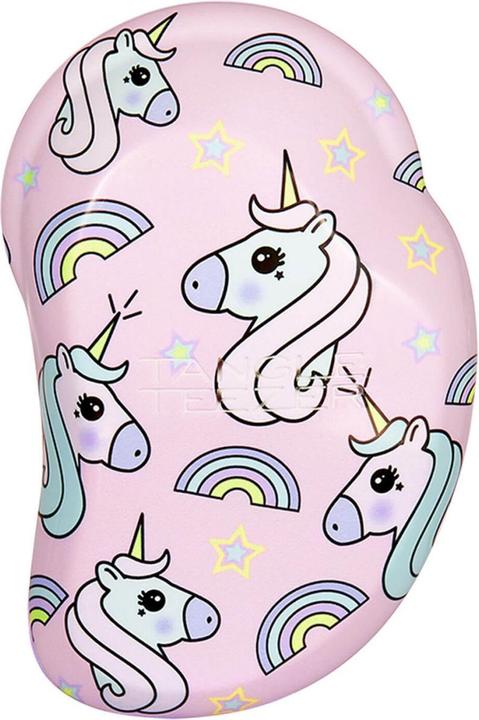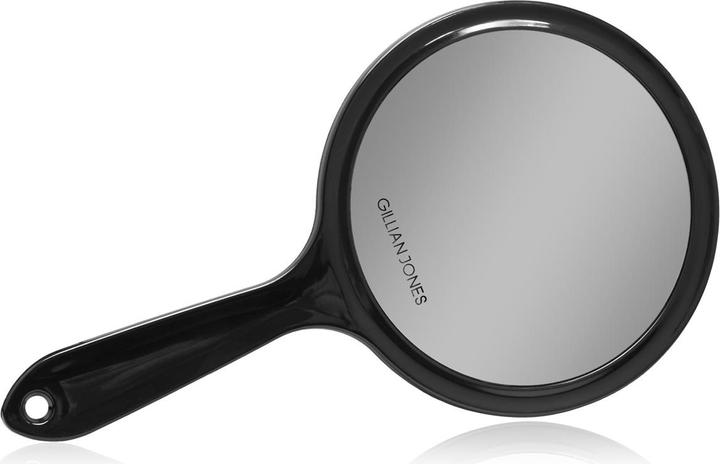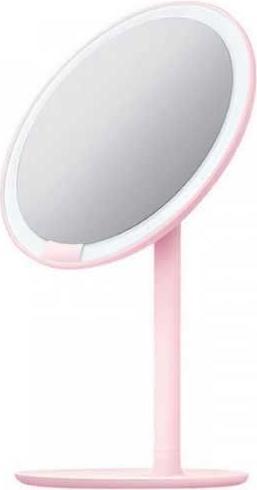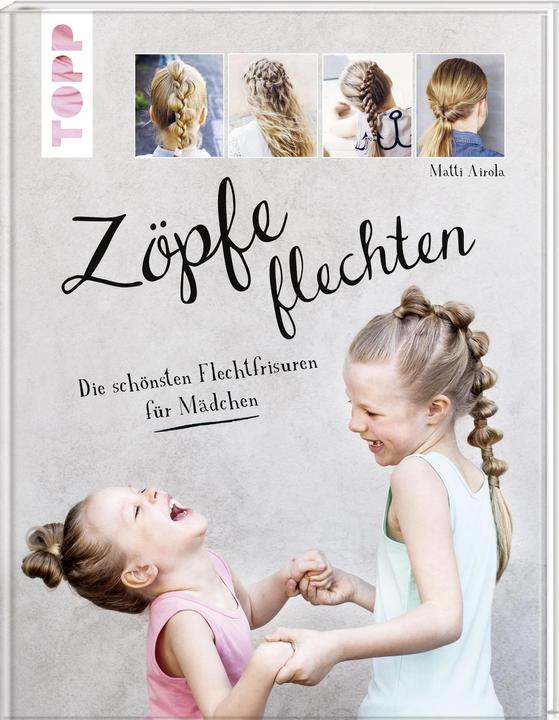

Pro tips: how to tame your kids’ torturously tangled hair
Different day, same hair-detangling drama. As if things couldn’t get any worse, my daughter claims her hair is only this hellishly tuggy when I’m the one brushing it. So what am I doing wrong? I’ve called in a hair expert to find out.
Anyone walking by our house early in the morning between 7:30 and 7:45 may well be startled by the loud sound of children screaming. This is the time I brush my two daughters’ hair; an activity that evidently involves so much pulling and pain that it regularly descends into shrieking and loud arguments.
Both of my girls have long, thick hair – a characteristic that’s generally a blessing. Early in the morning, however, we curse their locks for forming so many tangles overnight. Either that, or my oldest says, «The tangle witch was here.» She also regularly claims that her hair is only ever this stubbornly tuggy when I’m the one brushing it. Apparently, no one else who’s ever laid a finger on her head has ever brushed her hair as painfully as I have. Or so she says.
6 tips from a professional
I’ve always ignored this accusation. There are so many things my kids think I get wrong as it is. I guess that’s something I’m destined to experience as a mum. Even so, I recently got to thinking: maybe I really just can’t do it. Hermann Kühn, Senior and Master Stylist at the Beauty Lab by Galaxus & En Vogue helps me out by giving me some advice on detangling children’s hair.
1. The right comb
According to Kühn, the texture of the hair will determine your choice of comb or brush. «For fine hair, go for soft bristles or combs with wide teeth. Frizzy or curly hair, however, will benefit from narrow teeth.» One thing many people forget is that both combs and brushes should be clean and hygienic to prevent the transfer of bacteria. In other words, wash them regularly.
2. ## Gradually work your way up
If you’re using a comb, proceed with caution. Not only to avoid causing pain, but also to prevent hair breakage. «I recommend separating the hair into small strands to loosen knots and tangles step by step,» Kühn says. This works best on wet hair. «Comb from the ends to the roots to minimise knots and tangles.» Basically, you should untangle the knots at the bottom first, then gradually work your way up.
3. The right hair products
Tears and screaming are just as likely to be caused by washing your kids’ hair as brushing it. Detangling products can also be used on children, but they do need to be mild to prevent stinging eyes and tears. They should be «natural products with no chemicals or harsh ingredients,» Kühn says. «A gentle 2-in-1 shampoo and conditioner combination», for instance, both helps nourish hair and makes combing easier. His personal recommendation? The shampoo and conditioner from Revlon’s Professional Equave Kids line. «If their hair is very unruly, a leave-in conditioner or hair oil can also help make it softer and shinier.» Alternatively, you can treat wet hair with a detangling «magic spray» made specially for children.
4. The don’ts of hair washing
When we wash our kids’ hair, we tend to ruffle it up. So make sure you shampoo it gently, being just as delicate when washing it out. Sure, all the hair needs to be soaped up, with the shampoo massaged lightly into the scalp. It is, however, possible to do this gently. And even if its ability to dry the hair faster tempts you, you should never rub it dry with a towel.
5. Nip tangles and anxiety in the bud
Herman Kühn has another simple trick: «Have your child sit in front of a mirror while you’re combing their hair.» A tablet or smartphone in selfie mode achieves the same effect. The most important thing is for the child to be able to follow what’s going on around their head. If they can’t see anything, they become anxious and tense before you’ve even started brushing. At nighttime, you can also put your child’s hair in a simple braid to prevent it from getting tangled while they’re asleep.
6. For serious tangles
If your child’s hair is of the bird’s nest variety, you’ve got a problem on your hands. In these situations, the utmost carefulness and patience is required. You should loosen the knots with your fingers first to avoid both pain and hair breakage. You can also apply a detangling spray or oil to the knot beforehand to make it easier to untangle. «If that doesn’t work, carefully cutting the knot with scissors can help,» Kühn says. It’s best to ask a professional for advice before doing this.
New tools at the ready
Time for my own verdict. Have I really been going about my daughters’ hair care the wrong way? Yes and no. I’ve got a lot of things right and some things wrong. Either way, I’ve now invested in a mirror, a new «magic spray» and a new comb. Despite this, I’m bracing myself for more complaints. Even armed with new tools, I’ll probably still do some things wrong – that is, and will continue to be, my lot as a mother. At any rate, I hope the protests won’t be loud enough to make you flinch as you walk by our house early in the morning.
Header image: Shutterstock/The FacesMom of Anna and Elsa, aperitif expert, group fitness fanatic, aspiring dancer and gossip lover. Often a multitasker and a person who wants it all, sometimes a chocolate chef and queen of the couch.










